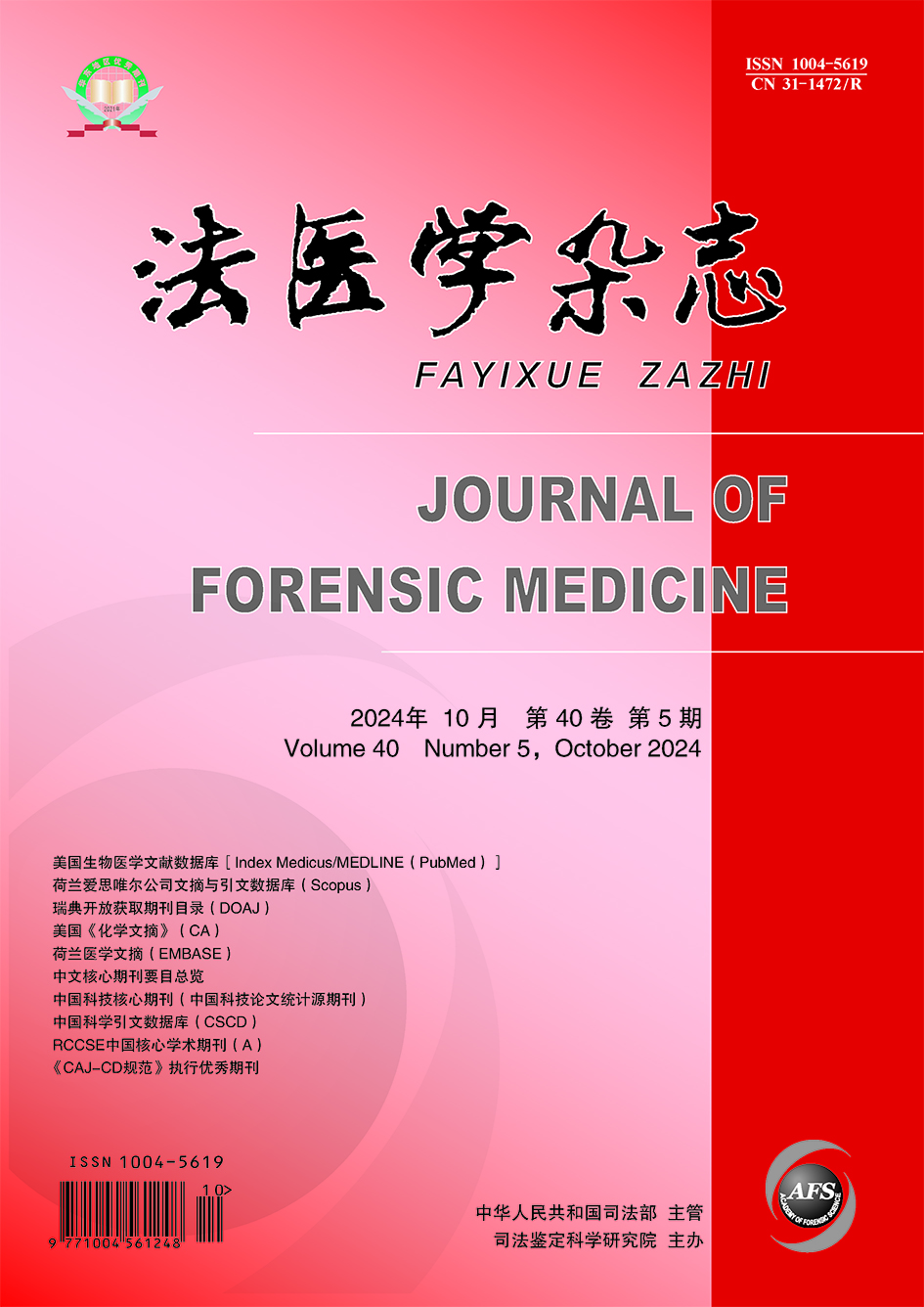Objective To achieve intelligent recognition and segmentation of common craniocerebral injuries (hereinafter referred to as “segmentation”) by training convolutional neural network DeepLabV3+ model based on CT images of blunt craniocerebral injury (BCI), and to explore the value of deep learning in automated diagnosis of BCI in forensic medicine. Methods A total of 5 486 CT images of BCI from living persons were collected as the training set, validation set and test set for model training and performance evaluation. Another 255 CT images of BCI and 156 normal craniocerebral CT images from living persons were collected as the blind test set to evaluate the ability of the model to segment the five types of craniocerebral injuries including scalp hematoma, skull fracture, epidural hematoma, subdural hematoma, and brain contusion. Another 340 BCI and 120 normal craniocerebral CT images from cadavers were collected as the new blind test set to explore the application value of the model trained by living CT images in the segmentation of BCI in cadavers. The five types CT images of all BCI except the blind test set were manually labeled; then, each dataset was inputted into the model to train the model. The performance of the model was evaluated and optimized based on the loss function and accuracy curves of the training set and validation set, and the generalization ability was evaluated based on the Dice value of the test set. According to the accuracy, precision and F1 value of the blind test set, the segmentation performance of the model for five types of BCI was evaluated. Results After training and optimizing the model, the average Dice values of the final optimal model to scalp hematoma, skull fracture, epidural hematoma, subdural hematoma and brain contusion segmentation were 0.766 4, 0.812 3, 0.938 7, 0.782 7 and 0.858 1, respectively, all greater than 0.75, meeting the expected requirements. External validation showed that the F1 values were 93.02%, 89.80%, 87.80%, 92.93% and 86.57% in living CT images, respectively; 83.92%, 44.90%, 76.47%, 64.29% and 48.89% in cadaveric CT images, respectively. The above suggested that the model was able to accurately segment various types of craniocerebral injury on living CT images, while its segmentation ability was relatively poor on cadaveric CT images, but still able to accurately segment scalp hematoma, epidural hematoma and subdural hematoma. Conclusion Deep learning model trained on CT images can be used for BCI segmentation. However, the direct use of living persons’ BCI models for the identification of cadaveric BCI has some limitations. This study provides a new approach for intelligent segmentation of virtual anatomical data for BCI.


